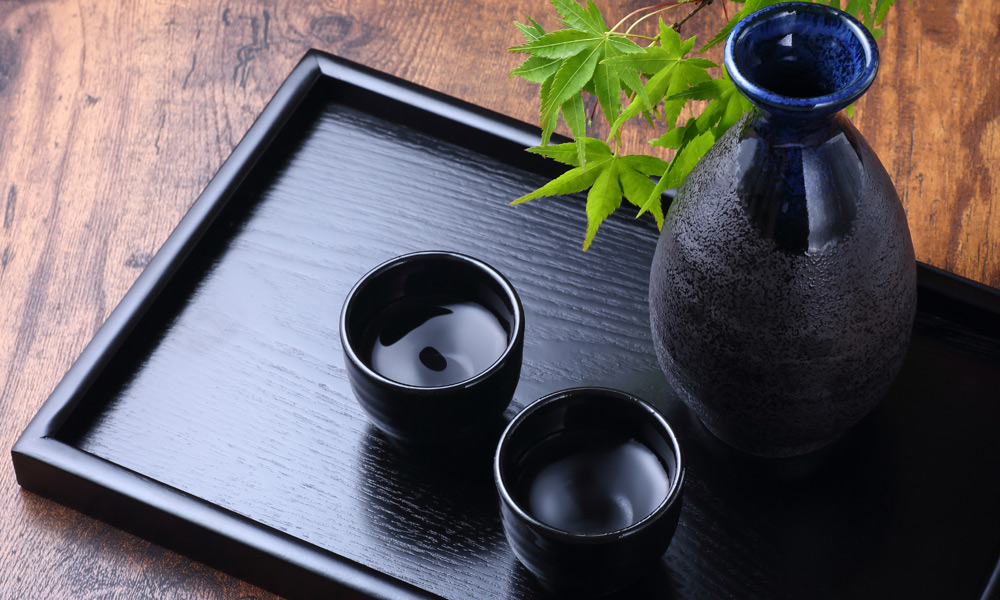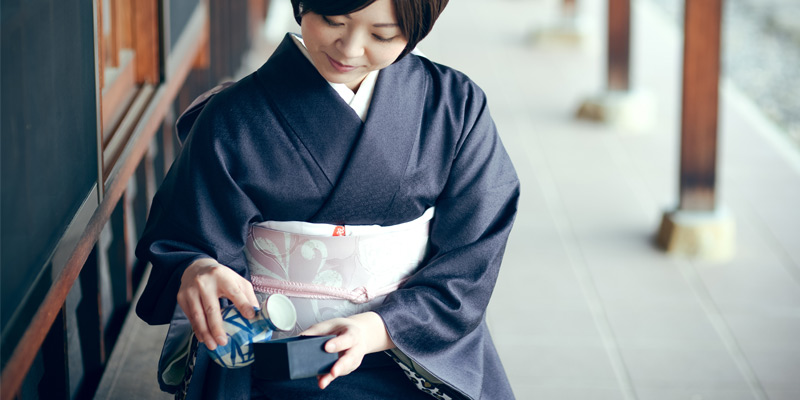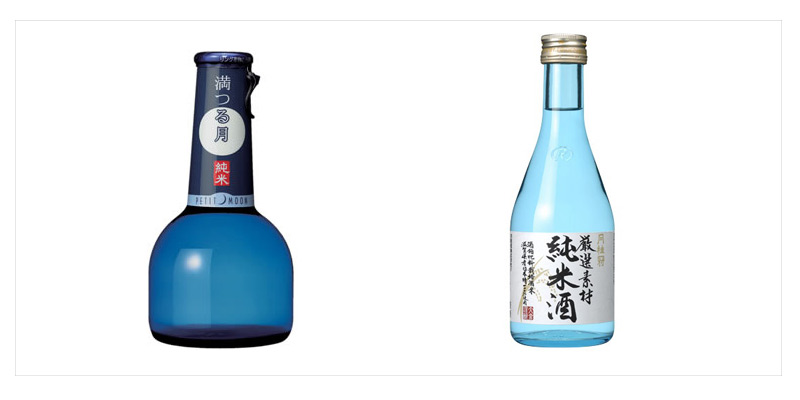
japanese sake
What is sake?
In the west, we refer to ‘sake’ as fermented rice wine. In Japan, ‘sake’ means any type of alcohol. Their name for rice wine is ‘nihonshu’ (日本酒), literally translated as ‘Japanese alcohol’. For simplicity, I will use the term ‘sake’ henceforth.
Traditional sake’s main ingredients include high-quality rice, filtered water, koji mold and yeast. Due to rice shortages during the second world war, glucose and pure alcohol were often added to the mix and this method has continued in most breweries to this day.
The fermenting process has been refined and perfected in Japan since 300 BC. Rice is first polished, cooked in clean water and mashed. Originally, the entire village would gather to chew and spit out the rice to produce enough enzymes to ferment the mixture. Thankfully, koji and yeast are now used for this part of the process! In the twentieth century the press was introduced into breweries to help squeeze the liquid from the rice mixture.

Types of sake
There is a wide range of both cheaper and premium sakes on the market. Sake can vary by mostly three factors:
1 – How polished the rice is
As a general rule, the more polished the rice is, the better the flavor. The outer layers of rice grains can be bitter, so most premium sake brands will remove at least 30% of the grain. High-end sake may polish more, such as Ginjo (吟醸) (where 40 percent of the grain has been polished away) or Daiginjo (大吟醸) – (at least 50 %).
2 – How much alcohol is added
Distilled alcohol can be supplemented to the traditional rice mash mixture to speed up the production process. However, premium sake producers will use little to no added alcohol in their production methods. This is considered to create a richer, more authentic flavor.
Terms to look for include Honjozo (本醸造) – a small amount of alcohol has been added or Junmai (純米) – no added alcohol. Note: don’t worry, this doesn’t mean Junmai sake is non-alcoholic, just no additional alcohol has been added.
3 – How it’s brewed
Slight augmentations to the brewing or production process can offer us a range of specialty sakes:
- Jizake – sake made by small, local, independent breweries. The ‘craft beers’ of the sake world.
- Koshu – sake aged in barrels to develop a richer, fuller flavor.
- Namazake – a super fresh, raw sake that hasn’t been pasteurized.
- Nigorizake – a coarsely filtered, cloudy sake. Sometimes with rice solids left in (if that’s your jam).
- Sparkling sake – sake bottled before fermentation, to form bubbly sake. Think of it as sake prosecco.
Top sake brands
So now you know they various types of sake on the market, which breweries offer the best? Here are some of the most trust and popular sake brands:
Gekkeikan
Gekkeikan is one of the largest producers of sake and makes up 25% of the American sake market. First established way back in 1637 it is one the world’s oldest companies. It’s founder, Jiemon Okura based the brewery in Fushimi, Kyoto due to the location’s high quality water. In 1989, Gekkeikan built another brewer in Folsom, California to meet growing international demand.
Gekkeikan offer a variety of imported and domestic sakes. One of their most popular products is Gekkeikan Horin Junmai Daiginjo Sake (at least 50 % polished, small amount of added alcohol). This affordable sake has delicate notes of honeysuckle and melon. If you are a sucker for packaging (like me) check out the beautiful blue bottles of the Gensen Sozai Junmai and Gekkeikan Petit Moon Mitsuru Tsuki Junmai Sake:

Dassai
The Asahi Shuzō brewery in Yamaguchi have had huge success by targeting young consumers who prefer quality over quantity. Their Dassai sake is a junmai daiginjō-shu made with rice milled to 50% and 45% of its original size. Their premium sake grains are milled to just 23% of their original size. Asahi Shuzō is expanding globally and fast becoming a popular sake brand in the USA, UK and France.
Juyondai
Juyondai is somewhat legendary in Japan. Personally, I think there are plenty of sake brands that are equally good but damn, Juyondai is high in demand! Some stores in Japan actually keep their Juyondai chained up to prevent thievery (a significant precaution, considering Japan’s low crime rate!) If you are a liquor retailer, always take the opportunity to stock this brand if you can.
Juyondai is made in the Takagai brewery in the Yamagata prefecture. It is famous for its bold, fruity flavours, rather than the traditional light and dry flavour of traditional sakes. Its distinctive style was created by fifteenth generation owner Akitsuna Takagi at the early age of 21. It has since become one of the most influential sake breweries worldwide.
Kokuryu
Not to be confused with Kokuryu Cosmetics (although I hear their powder foundation has amazing coverage). Kokuryu was founded in 1804 and located in the mountains of Fukui. Its sake is brewed with pure spring water from the snowy mountains and their own farmed rice. Japan’s own Crown Prince Naruhito is said to be a huge fane of this particular sake brand.
The flagship product of the Kokuryu brewery is Kokuryu Ryu Daiginjo. This was the first sake brewed with French wine-inspired maturation techniques.
Where to buy sake in the UK
If you are interested in becoming a sake aficionado, I recommend checking out your local Asian supermarket. Most stores will stock at least 1 or 2 brands of sake. Also visit your local wine merchant or liquor stores. Don’t be afraid to chat to the manager, as they may be willing import more brands if they know there is a demand for them.
If you can’t find what you want nearby, most sake brands are available to buy online. In the UK, the Japan Centre has a large variety of sake brands to choose from. Be sure to do your research beforehand, as prices can vary from different online suppliers.
Want more information on where to buy sake in the UK? Read more about Japanese sake here.
